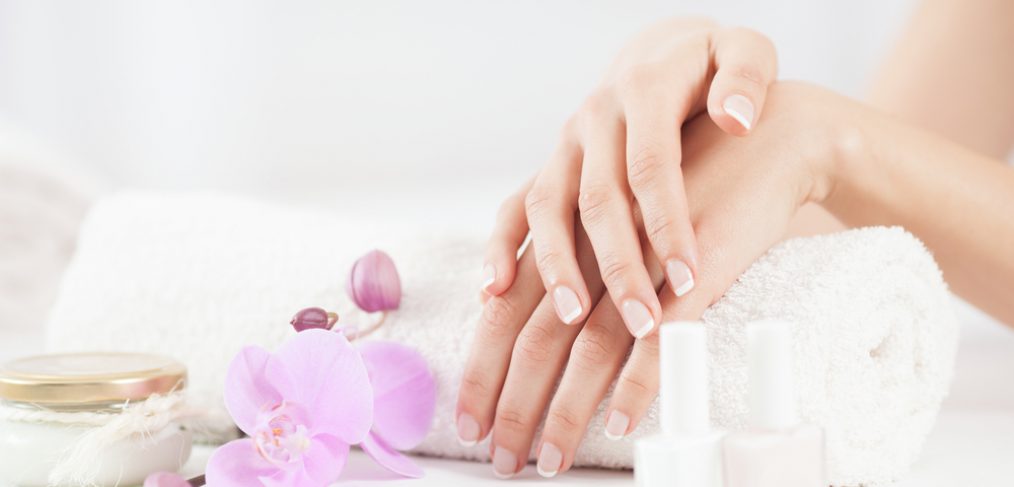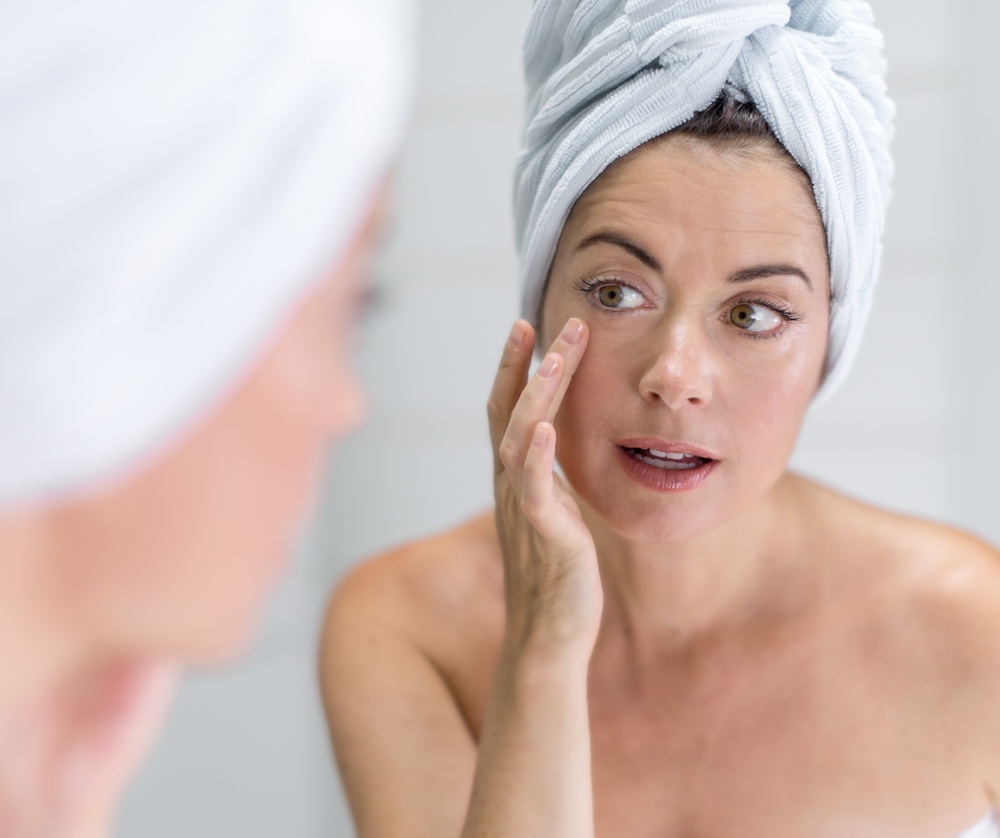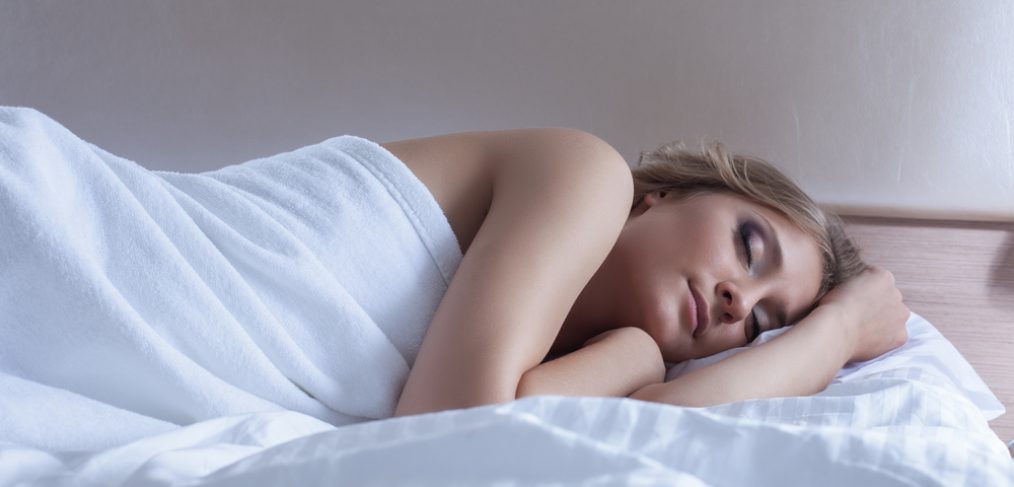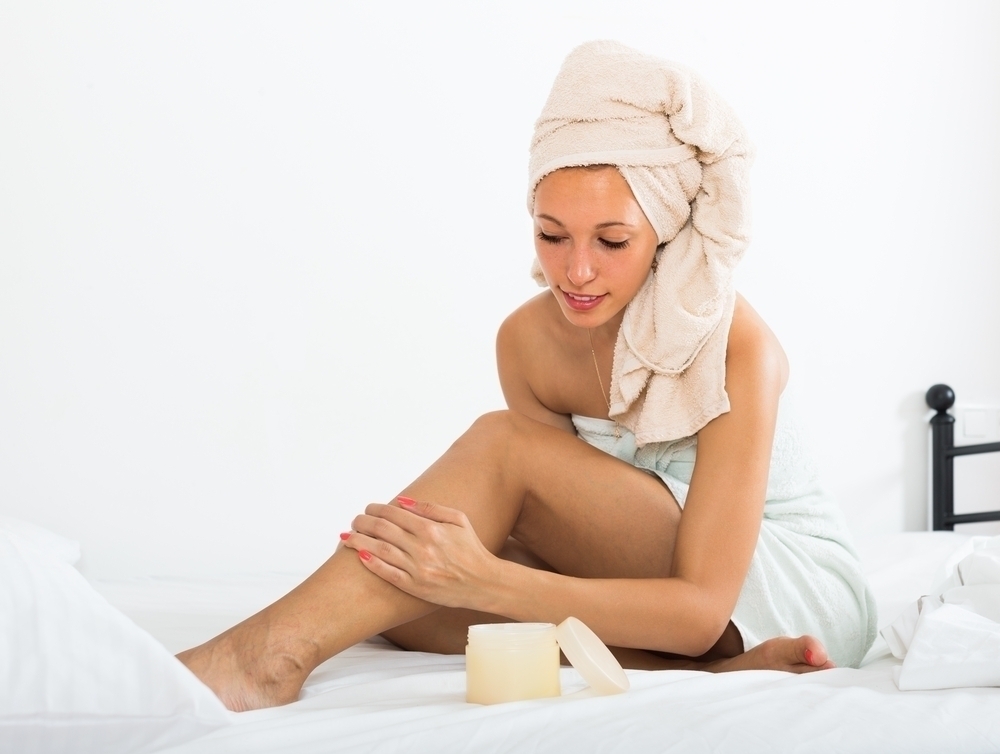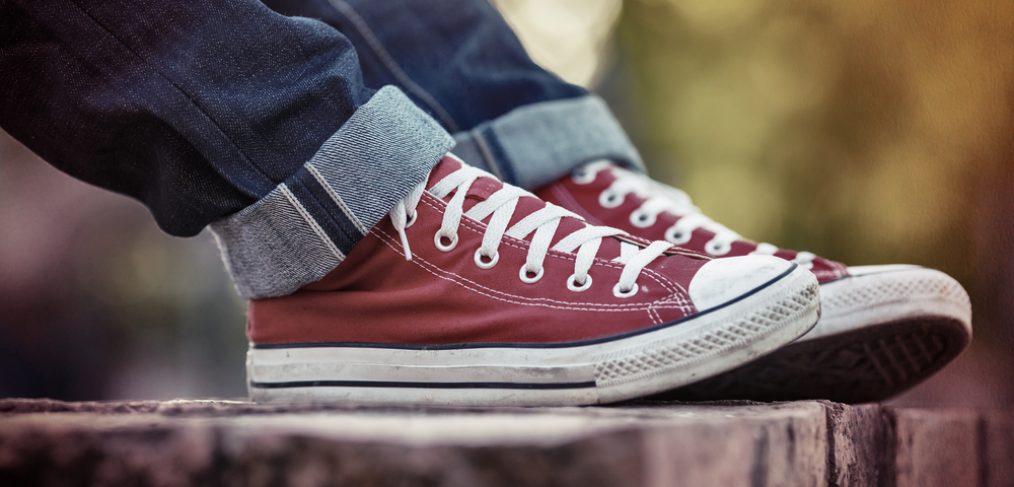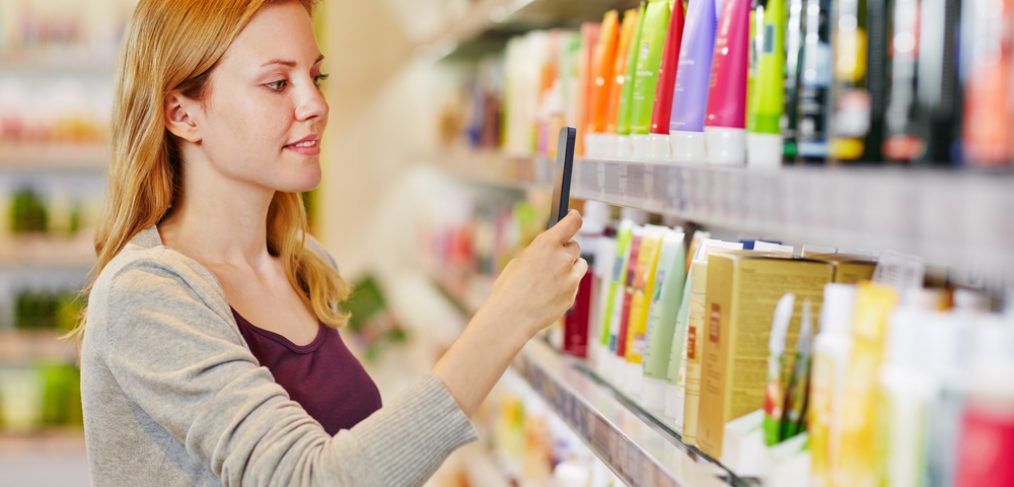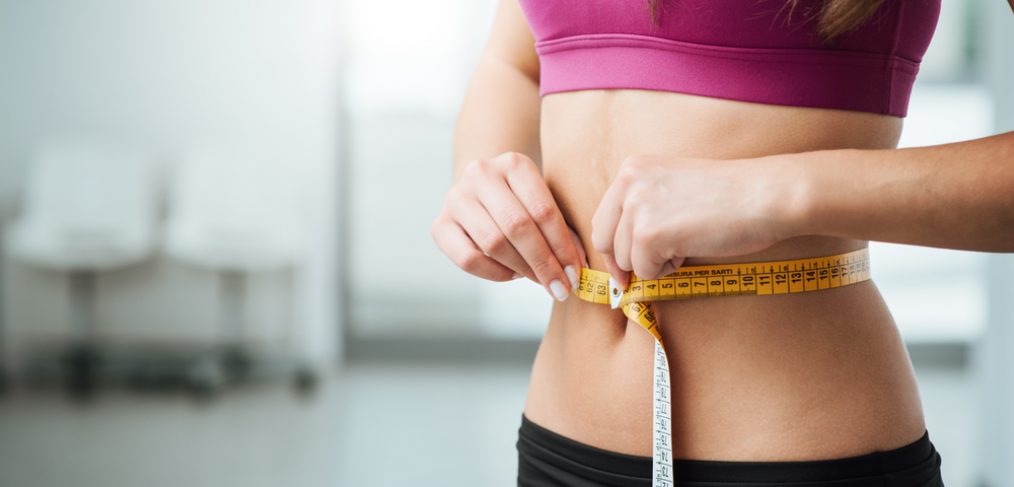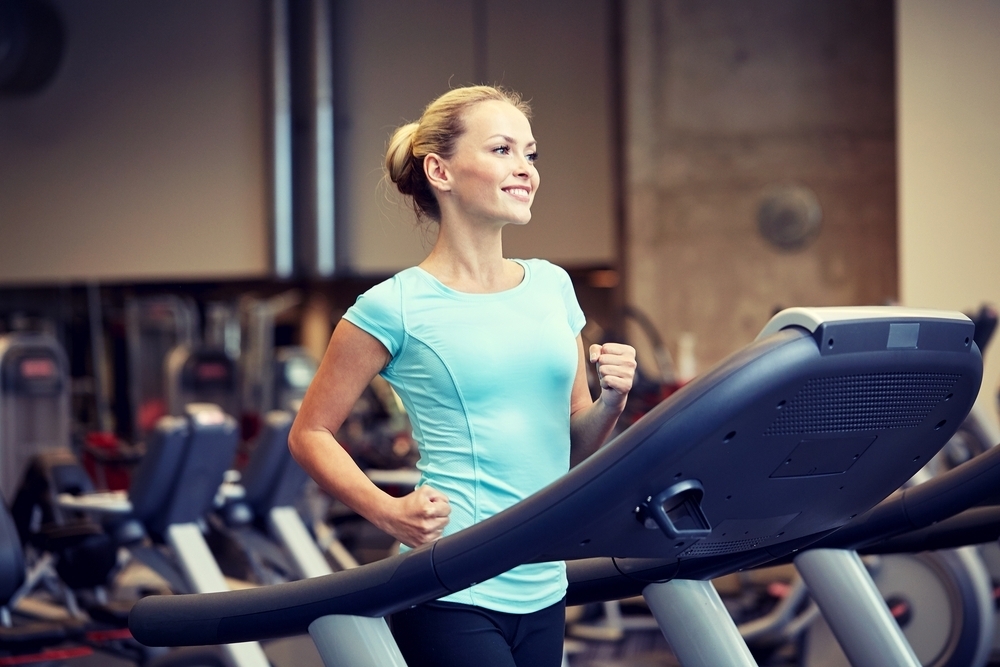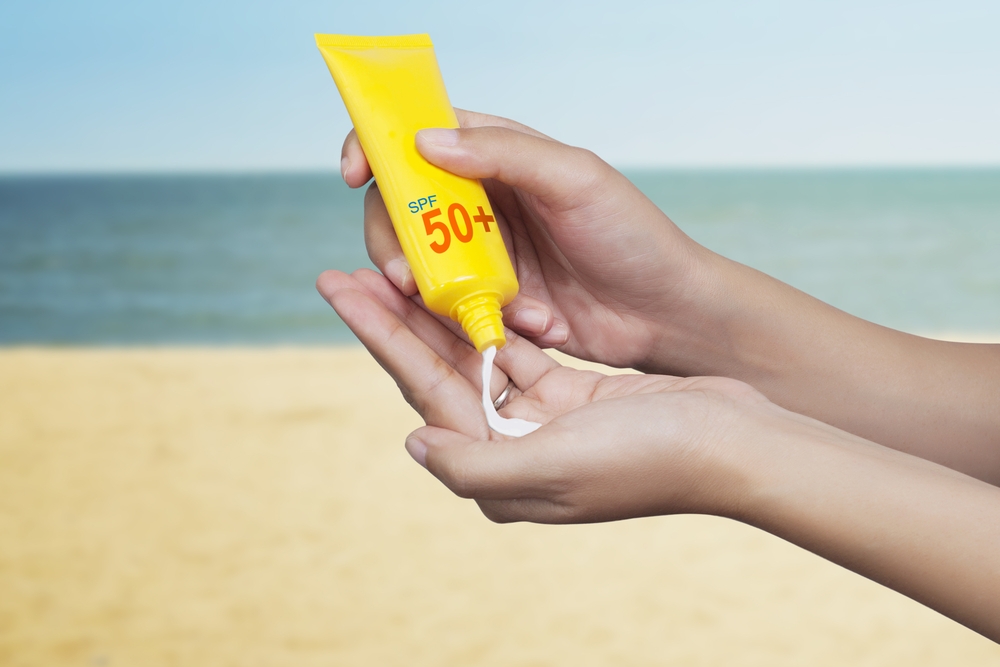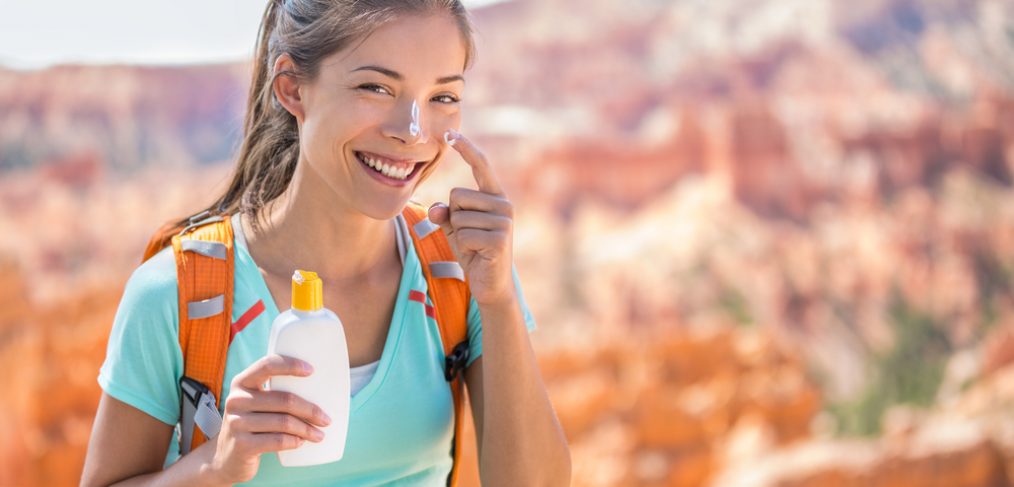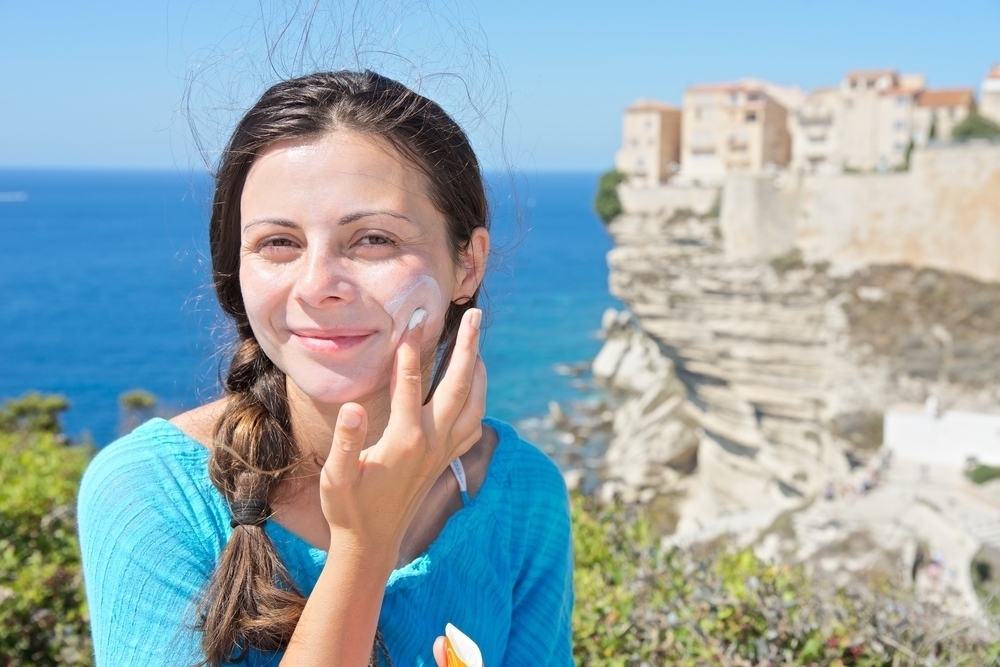Let’s review the facts.
Golfers spend a lot of time in the sun. The average time for a foursome to play 18 holes is four hours.It’s also recommended that if golfers play regularly if they are serious about improving their game. In fact, as of 2011, golfers played an average of 58 rounds a year. Do the math and that works out to a lot of time outside.
The majority of golf players are male. Even though the popularity of the Ladies PGA tour grows every day, and we love you, Maria Sharapova, 77.5% of golfers in the U.S. are male. And the average age of golfers in the U.S. is 54. Now, ask yourself this, honestly, how many men do you know who are over 54 religiously apply sunblock?
Men over the age of 40 have the highest annual exposure to UV radiation and the majority of people diagnosed with melanoma are caucasian meant over 50. According to an article in Golf digest, dermatologists believe the odds of skin cancer are worse for golfers and it is likely that a higher percentage of golfers have skin cancer than the 20% reported for the US population. According to Dr. Michael Kaminer, “Some golfers, it’s like they’re going out of their way to get skin cancer,” and he plays golf.
But just because you’re not in the average demographic for golfing, it doesn’t mean that you can’t enjoy golf, and just because you are not a female millennial, you do not get an excuse for being ignorant about skin health. So, let’s agree that golfing and taking care of your skin is not mutually exclusive! So listen up golfers: here are some round the year skincare tips for golfers.
Use Sunblock Every Time You Play
Make sure to go with at least SPF 30 and make sure it says “broad spectrum” on the label. This way you know you are getting both UVA and UVB protection.

Wear a Hat, Long Sleeves, Pants and Sunglasses
The Skin Cancer Foundation says to wear one that extends 3″ ALL THE WAY AROUND; that means, no baseball caps or visors. (Something tells me this may be a problem.) Wearing pants and long sleeves are very helpful in keeping the sun off. If you are really too hot for sleeves, Nike and Under Armour make sun sleeves. Try to get them with at least a 30 UPF. and don’t forget to rock the SGs. Make sure you choose a pair that blocks 99-100% of the sun. OK, so now that you’re bundled up, let’s go play some golf. No, only kidding, but statistics show that most golfers are college educated, so use those brains! Stay away from the sun.
Re-Apply Sunscreen Every Two Hours
Sweat, moisture and time can all effect the strength of sunscreen. Check around the 8th or 9th hole to see how long it has been since your last application.
Schedule an Early or Late Tee Time
Try to avoid putting between 10 and 4 when the sun is strongest. Take advantage of twilight rates, or predawn hours.
Find Shade
Trees are not really the most common features on golf courts, so a golf cart may be a good idea. The cart’s awning will provide some sun relief. If you must walk the court, try and stand in the shadiest place possible when not teeing off. You will be cooler as well.




